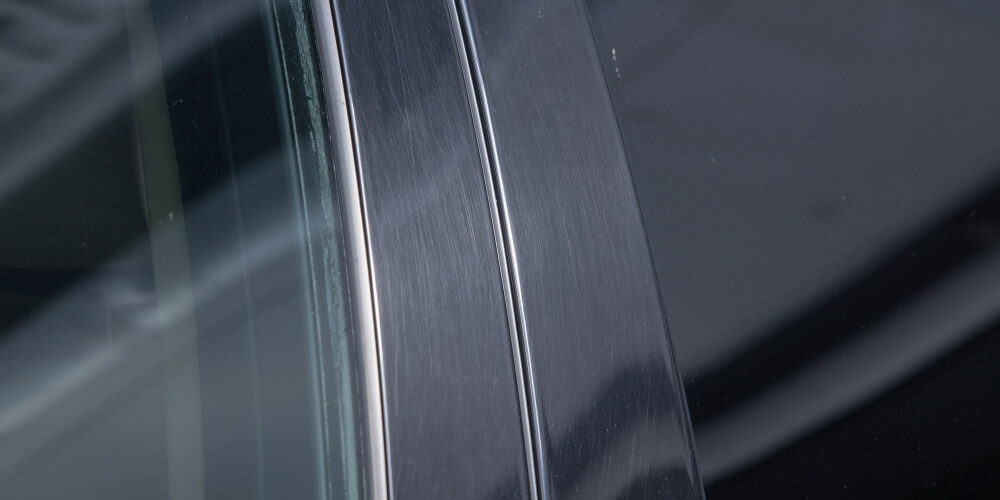Yes, a 20% tint is considered to be quite dark. The percentage in window tinting refers to the Visible Light Transmission (VLT) level, which indicates the amount of visible light that can pass through the tinted window. A 20% tint allows only 20% of the visible light to penetrate through the window, blocking 80% of the light from entering.
Characteristics of a 20% Tint
- Privacy – Provides a high level of privacy, especially during the day, making it difficult for outsiders to see into the vehicle or building.
- Interior Darkness – The interior will appear significantly darker, which can reduce glare from sunlight and make it more comfortable for occupants. Yet, this can also make it more challenging to see outside from the inside, especially in low-light conditions or at night.
- Aesthetic Appeal – Offers a sleek and private appearance from the outside, popular among those looking to enhance the aesthetic of their vehicle or building.
Considerations
- Driving Visibility – For vehicles, a 20% tint might reduce visibility for the driver, particularly at night or in poor weather conditions, which could pose safety concerns.
- Legal Restrictions – Many regions have laws that specify the minimum VLT level allowed for vehicle windows, particularly the front side windows and windshield. A 20% tint might not be legal in some areas, leading to fines or the need to remove the tint.
- Energy Efficiency – For buildings, while a darker tint like 20% can reduce heat gain and UV exposure, it also might reduce natural light, possibly increasing the need for artificial lighting.
In summary, a 20% tint is dark, offering substantial privacy and sun protection but with potential downsides regarding visibility and legal compliance for vehicles. It’s necessary to consider these factors and local regulations before deciding on such a dark tint level.






